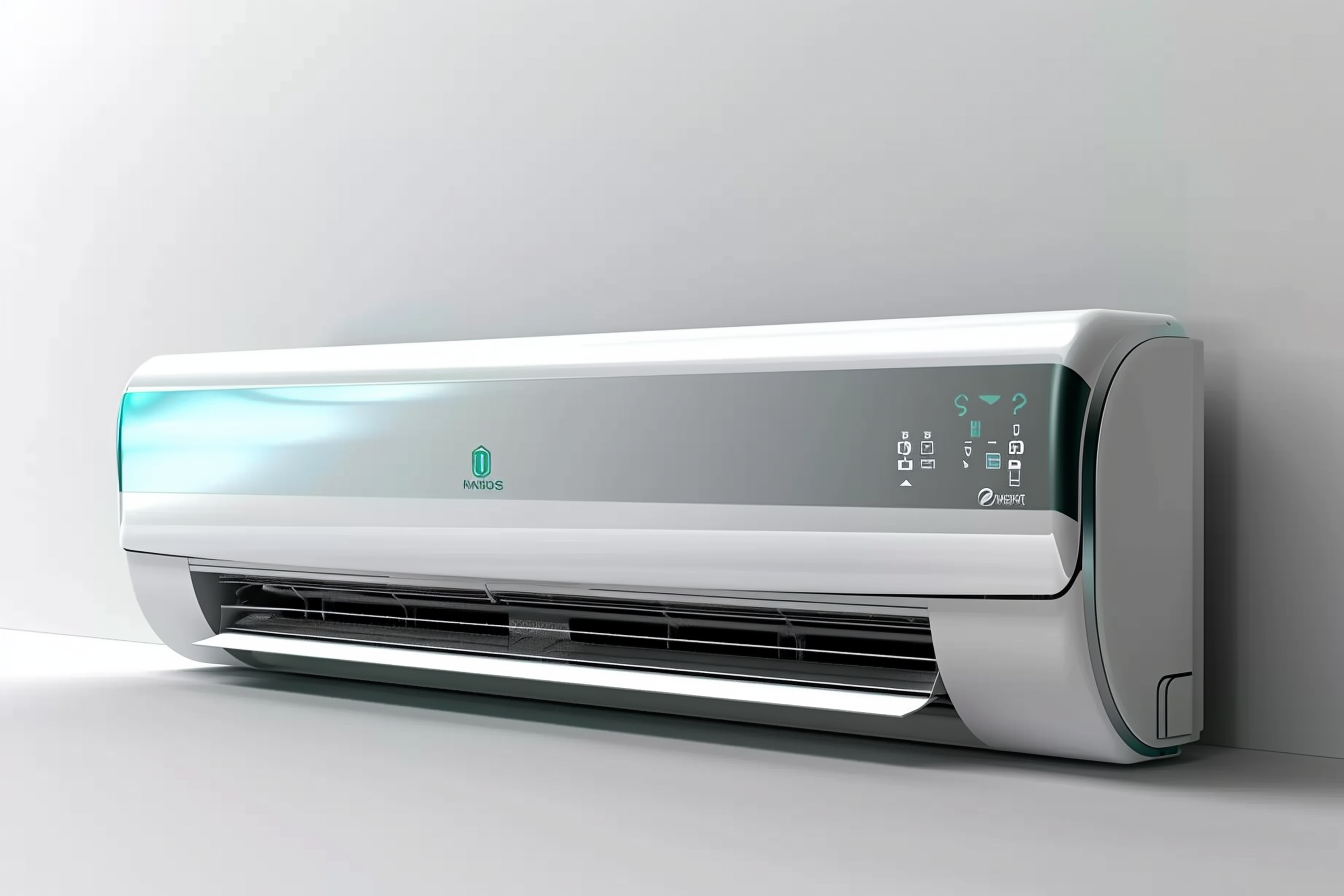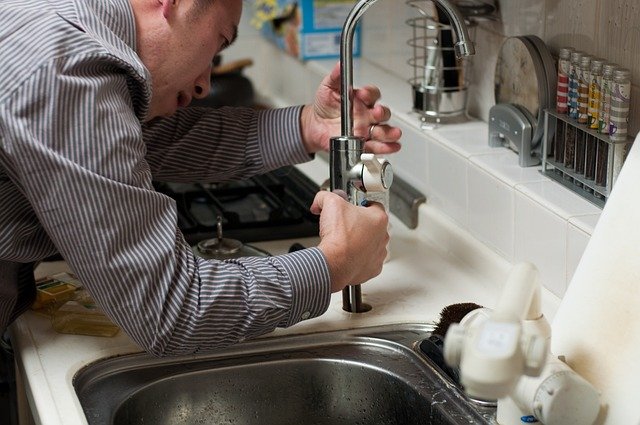Refrigerators: practical guide for kitchen and home electronics
Modern refrigerators are central to a functional kitchen and an organised home, preserving food safety and reducing waste. This guide explains types, placement, energy and appliance considerations, maintenance, and how electronics and smart features change everyday use, with practical tips for choosing and caring for a refrigerator in the UK context.

Refrigerator types and common features
Refrigerators come in several configurations to suit different kitchen layouts and household needs. Familiar types include top-freezer, bottom-freezer, French-door and compact or under-counter units. Key features to consider are capacity (litres), adjustable shelving, humidity-controlled drawers, freezer layout and reversible doors. Energy efficiency ratings and insulation quality affect running costs and environmental impact. When comparing models, check practical details such as door seals, interior lighting and defrost mechanisms, because these influence usability and long-term performance.
Kitchen layout and refrigerator placement
Positioning a refrigerator in the kitchen affects workflow and efficiency. Place the appliance so it is easily accessible from food preparation and cooking zones, but not next to heat sources like ovens or direct sunlight, which can increase energy use. Allow adequate clearance for ventilation—many models need a small gap at the back and sides for airflow. For integrated or built-in refrigerators, measure carefully to ensure correct door swing and service access. In smaller kitchens, consider compact or slimline refrigerators that optimise storage while fitting narrow spaces.
Appliance considerations for energy and maintenance
When selecting an appliance, energy consumption and maintenance needs are important. Look for energy ratings and compare estimated annual energy use rather than headline claims. Regular maintenance includes cleaning condenser coils (if user-accessible), checking door seals for airtightness, and defrosting manual-freeze freezers. Noise levels can vary between models; decibel figures in product specifications indicate typical sound output. For rental properties or shared homes, choose robust, easy-to-clean interiors and simple controls to reduce long-term upkeep.
Refrigerator role in your home environment
A refrigerator supports food safety by slowing bacterial growth and extending shelf life, which can reduce household food waste. Organising contents with clear zones—for dairy, meats, vegetables and ready-to-eat foods—helps maintain appropriate temperatures and prevents cross-contamination. Consider storage accessories such as separators, clear bins and labels to improve visibility and rotation of items. Disposal and replacement should follow local services for recycling appliances, as correct handling reduces environmental impact and ensures hazardous components are managed properly.
Electronics and smart features in modern refrigerators
Increasingly, refrigerators include electronics and smart integrations: temperature displays, adaptive defrost cycles, door alarms and Wi‑Fi connectivity for remote monitoring. Smart features can offer convenience—such as alerts when temperatures rise or when maintenance is due—but they also add complexity and potential repair considerations. Evaluate whether connected features align with everyday needs and whether software updates or subscriptions are required. For households concerned about data and privacy, check manufacturer policies on data use and whether onboard controls can be used without cloud connections.
Maintenance, repairs and local services
Routine maintenance extends a refrigerator’s lifespan and prevents faults. Simple tasks include cleaning interior spills promptly, checking seals, and clearing dust from vents if accessible. For repairs beyond basic troubleshooting—such as refrigerant leaks, compressor faults or electronic control failures—use certified technicians or local services that specialise in domestic appliances. Many areas offer appliance recycling and parts suppliers that cater to common refrigerator models. When arranging repairs or replacements, ask about parts availability and typical service turnaround to assess expected downtime in your home.
Conclusion
Choosing and maintaining a refrigerator involves balancing capacity, configuration, energy use and features to match your kitchen and lifestyle. Thoughtful placement, routine maintenance and sensible evaluation of electronics help keep food safe, reduce waste and extend the appliance’s useful life. Consider local services for installation, repair and recycling when planning any replacement or major maintenance, and match product specifications to the practical needs of your kitchen and household.






